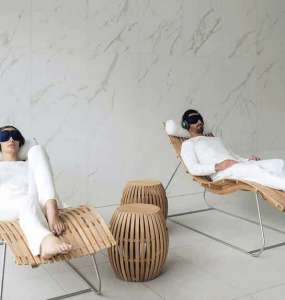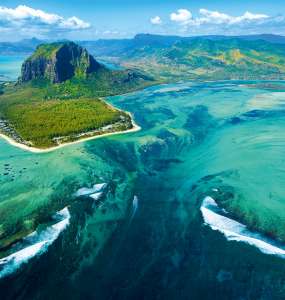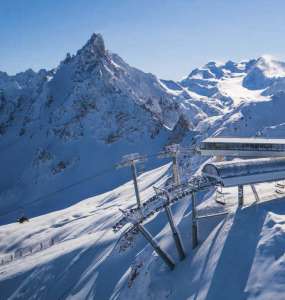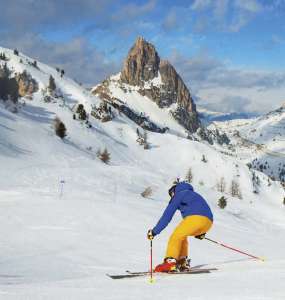Provence: Inspiration with Lavender Scent
The setting for films and books. The model sceneries for Paul Cézanne, Paul Gauguin, Vincent van Gogh, Henri Matisse, Marc Chagall, Raoul Dufy and Paul Signac. The region of bright colors and heady smells. It’s all about Provence.
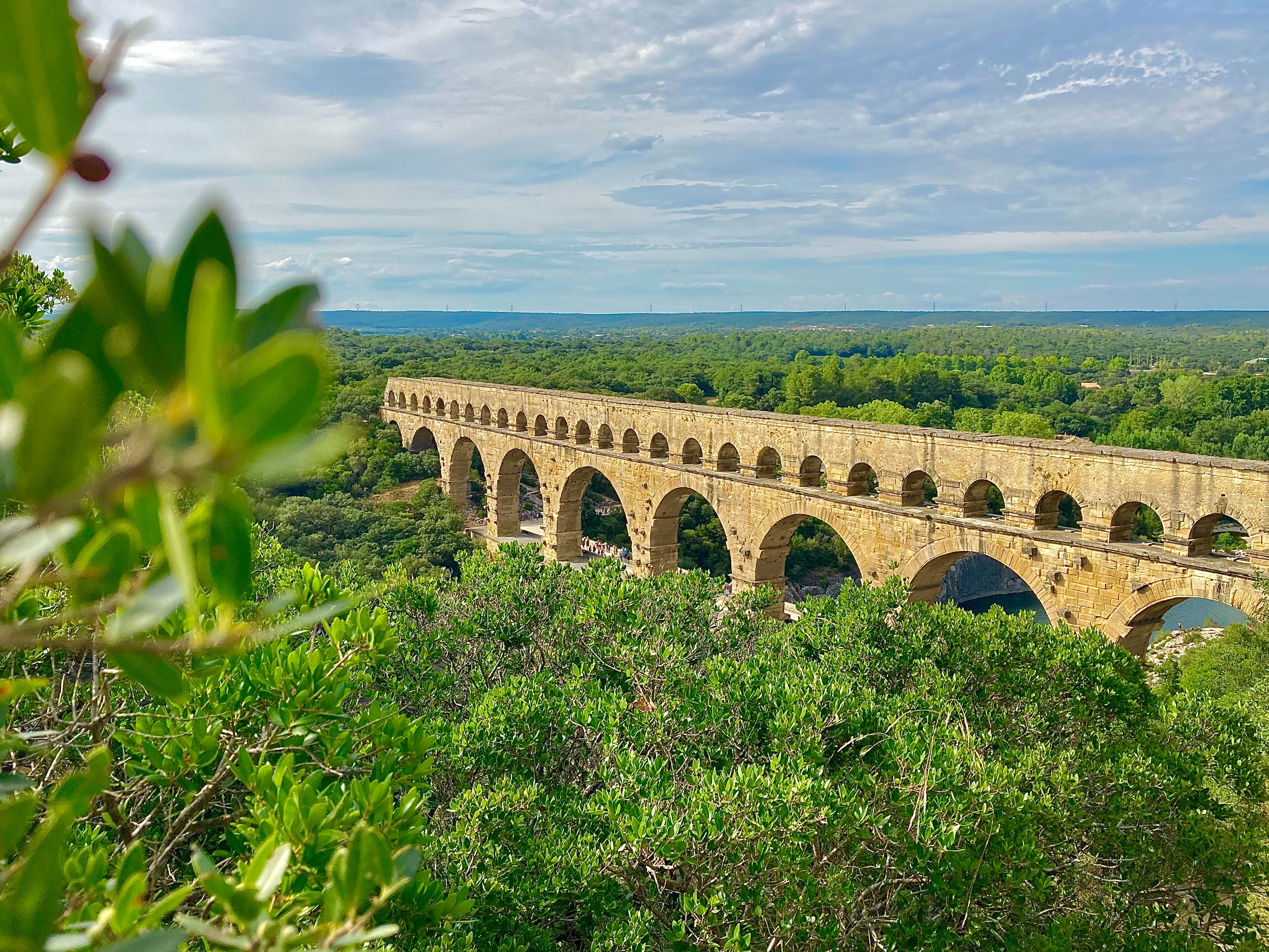
© Sébastien Jermer / Unsplash
“C” for Cézanne
Charming Aix-en-Provence is the southern version of Paris with its Baroque architecture, glorious squares and alleys, aristocratic palaces and antique fountains (they call it a City of a Thousand Fountains). The historic center is built in the Rococo and Baroque styles. The local landmark is the 17th-century astronomical clock.
Citizens and tourists alike enjoy strolling the shady Cours Mirabeau lined with cafés, restaurants and shops. Few miss the chance to visit Les Deux Garçons. The history of this brasserie began in 1792. Cézanne, Émile Zola, Winston Churchill, Jean Cocteau, Pablo Picasso, Edith Piaf, Jean-Paul Belmondo were among its famous guests. And these days you can see Alain Delon, Hugh Grant and George Clooney there.
A stone’s throw from the Cours Mirabeau is the Granet Museum, one of the most prominent art centers in France, with the collection of paintings of the XIV-XX centuries, including works of Theodore Jericho, Jean-Auguste-Dominique Ingres, Pierre Paul Rubens, Edgar Degas, Claude Monet, Vincent van Gogh, Paul Cézanne, Pablo Picasso.
The Tapestry Museum displays art pieces of the XVII-XVIII centuries, as well as the modern ones. Its highlight is a series of nine carpets from the Royal Beauvais Manufactory depicting scenes from “Don Quixote”.
Another center of attention is the Vasarely Foundation. The gallery opened its doors in 1976 on the initiative of the French artist Victor Vasarely. The construction was preceded by 20 years of selecting an appropriate city. Aix-en-Provence was chosen for its rich artistic and architectural heritage.
The city is associated with Paul Cézanne. The artist was born and spent most of his life here. The places marked with the letter C are “his” places: his family house Jas de Bouffan, to which he dedicated his paintings “Trees in a Park (Jas de Bouffan)” and “The pool at Jas de Bouffan”, his school and cafés he attended. Right here, on a walk with Émile Zola, he understood his calling to become a painter. Ten of his works are kept in the Granet Museum, opened on the site of the first art school, in which 18-year-old Paul was enrolled.
Cézanne's only studio is located on 9, avenue Paul Cézanne. The works created here belong to the world's best museums and private collections. He often painted outdoors and as a viewpoint preferred the Lauves Hill 15 minutes from his atelier. From there he depicted the Sainte-Victoire Mountain in oil and watercolor, creating a total of 87 canvases.
A film about Cézanne's life is screened at the Art Center of the Hôtel de Caumont. The history of the building goes back to the first half of the 18th century. Its interiors and garden have been restored to their original splendor.
Where the Horses Run
The Camargue Regional Nature Park is located in the Rhône Delta. And, except for a small colony in Spain, it is the only place in Europe where flamingos nest. Among 272 species of birds in Camargue, the pink-winged beauties steal the show. You can see them all year round. For birdwatching visit the park in spring and autumn, when myriads of migratory birds gather here.
The Camargue is one of the largest wetlands in Europe. Its territory of 140,000 hectares comprises salt marshes, freshwater reservoirs, pink salt lakes, steppes and dunes. The famous Camargue salt is extracted here and the eponymous red rice grows.
.jpg)
Not only flamingos are the centre of attention in Camargue. Black bulls and snow-white Camargue horses are in focus as well. Four thousand horses live here. They are believed to be among the oldest breeds in the world. Born black or dark brown, with time they become fairer and fairer to get completely white before the animal turns 4 or 5 years.
To see these graceful horses galloping along the beach is an experience of a lifetime. But you may actually ride a Camargue horse. Local cowboys can arrange that. Another memorable activity is steamboat cruises down the Rhône.
Village steeped in history
The village, now known as Les Baux-de-Provence, is regarded as one of the most beautiful in France. The first local settlements date back to the 6th millennium BC. And time has partially saved them. The focal point of Les Baux is its Châteaux, built by members of the Baux dynasty. The first written records of the castle were made in 960. For over a millennium the Châteaux has witnessed many sieges and wars and has changed over time.
.jpg)
The whole village is steeped in history. Its tourist office is located in the Royal Palace of 1499. The Yves Brayer Museum with a hundred of Yves Brayer’s paintings and works of young contemporary artists is located in the estate of the 16th century. It has recently opened after a four-year restoration.
Also, don’t miss the chance to visit the Carrieres des Lumieres exhibition center, famous for its multimedia shows.
For a longer stay in Les Baux-de-Provence pay attention to the Hotel Baumanière with the restaurant L’Oustau de Baumanière (three Michelin stars). Its wine cellar has 50,000 bottles of wine and champagne from all over France. Pétrus, Châteaux Lafite Rothschild, Châteaux Margaux, d'Yquem and Dom Pérignon are all available here.
Or opt for The Domaine de Manville with its 18-hole golf course, a golf academy, three pools, a cinema and a Michelin-star L’Aupiho restaurant by the young chef Lieven Van Aken from Antwerp.
The Calanques National Park
“Calanque” is the French word for “bay”. They cover the entire coast from Marseille to Cassis and feature white limestone cliffs, plants of 1,600 species, bays with bright turquoise water and islets. The Calanques invite you to sunbathe on untouched beaches, dive, watch the playful bottlenose dolphins, fin whales, loggerhead turtles a little further offshore. Complete the picture of an adventurous holiday with kayaking, climbing and caving.
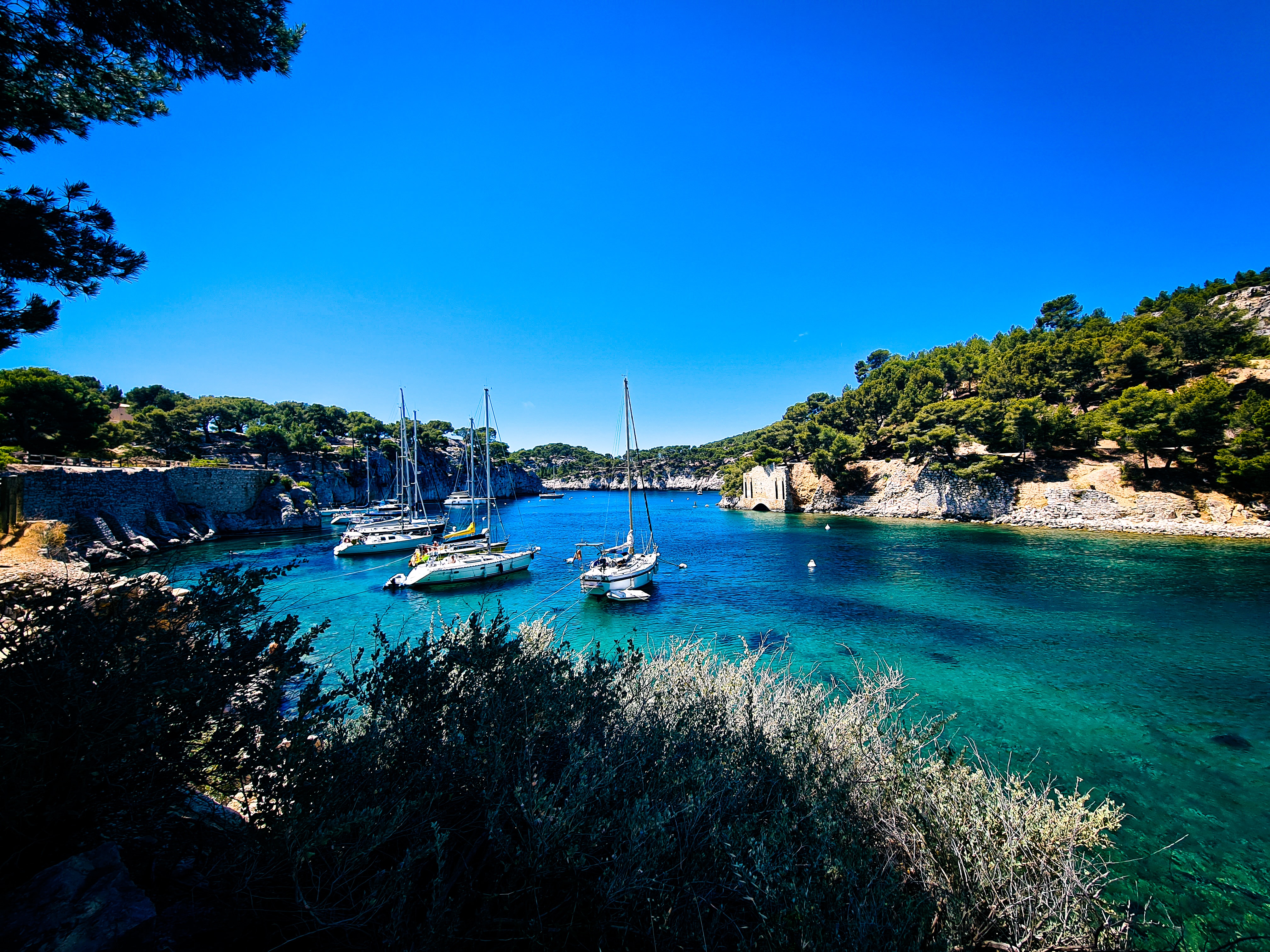
© Laura Ollier / Unsplash
Festive Avignon
The city on the banks of the Rhône has the Palais des Papes as the main attraction. The palace, whose construction was completed in 1335, is a UNESCO Heritage Site and one of the ten most visited monuments in France. It is also the largest medieval fortress and Gothic palace in the world. Its territory of 15,000 sq. m can house four Gothic cathedrals. As a museum it has been operating since 1906. Among its twenty halls, open for tourists, there are Papal apartments with sumptuous frescoes by Matteo Giovannetti and Simone Martini.
The palace courtyard is the main setting for the annual Avignon Festival, founded in 1947 by the actor and director Jean Vilar. It is one of the most important events in the theater world. The program comprises dozens performances, readings, plays, film screenings, discussions – around 400 events in total. Most productions are presented for the first time in France, if not in the world.
.jpg)
Annually, from mid-August through September, the main courtyard of the Palais des Papes hosts a grandiose show “The Luminessences of Avignon”, dedicated to the history of the palace, city and region and showing their beauty in a different perspective.
There’s also the Petit Palais Museum with a collection of works by the Italian artists and the Pont Saint-Bénézet, which was part of the pilgrimage route in the Medieval times. Its initial length was 920 meters, it had 22 stone arches, with only four available today.
If you are interested in contemporary art, visit Collection Lambert museum. Its founder Yvon Lambert was a well-known French collector and art dealer. Here you can get closer to the art of Jean-Michel Basquiat, Miquel Barceló, Robert Ryman, Lawrence Weiner, Nan Goldin, Andres Serrano, Christian Boltanski, Daniel Buren, Douglas Gordon, Francesco Vezzoli and other painters and photographers.
The Verdon Gorge
The Verdon Gorge, or the Grand Canyon of Verdon, is one of the most beautiful places in France. Stretching for 25 km, it reaches up to 700 meters in depth. The gateway to the area is the town of Castellane with the chapel of Notre Dame du Roc high on the hill. You can visit authentic villages near the gorge, admire its beauty from many observation decks along the way, enjoy rafting and canyoning. Adventure tourists can try themselves on the Artuby bridge with its highest bungee jumping in Europe. And don’t miss the Château de Trigance in the medieval fortress with its 8 guest rooms, regional cuisine and panoramic terraces.
.jpg)
Multifaceted Luberon
The Luberon is bursting with colors: yellow, orange, terracotta, pink, red mixed with lush greenery. That’s Roussillon, one-of-a-kind village in the middle of the largest ochre quarry in Europe. It is dubbed Colorado Provencal for its multicolored layered landscape. The local houses are built in total harmony with the surrounding.
.jpg)
Another interesting place is the village of Lacoste. Once there was a château of the notorious Marquis de Sade, until the locals demolished it. Now the spectacular building is living its second life in even more glory. And all that thanks to Pierre Cardin, who bought and reconstructed the property. Today, the castle and its quarries are home to the annual Lacoste Festival, founded by the fashion designer and dedicated to cinema, theater, music and opera.
The actor John Malkovich has purchased vineyards nearby and produces wines “Les Quelles de la Coste”. He experiments, blending the opposite for their characteristics Cabernet Sauvignon and Pinot Noir.
.jpg)
And what about lavender fields? One of the good spots to see them is near the Abbey of Sénanque in Gordes. The best time is before mid-July, when the lavender harvest begins.
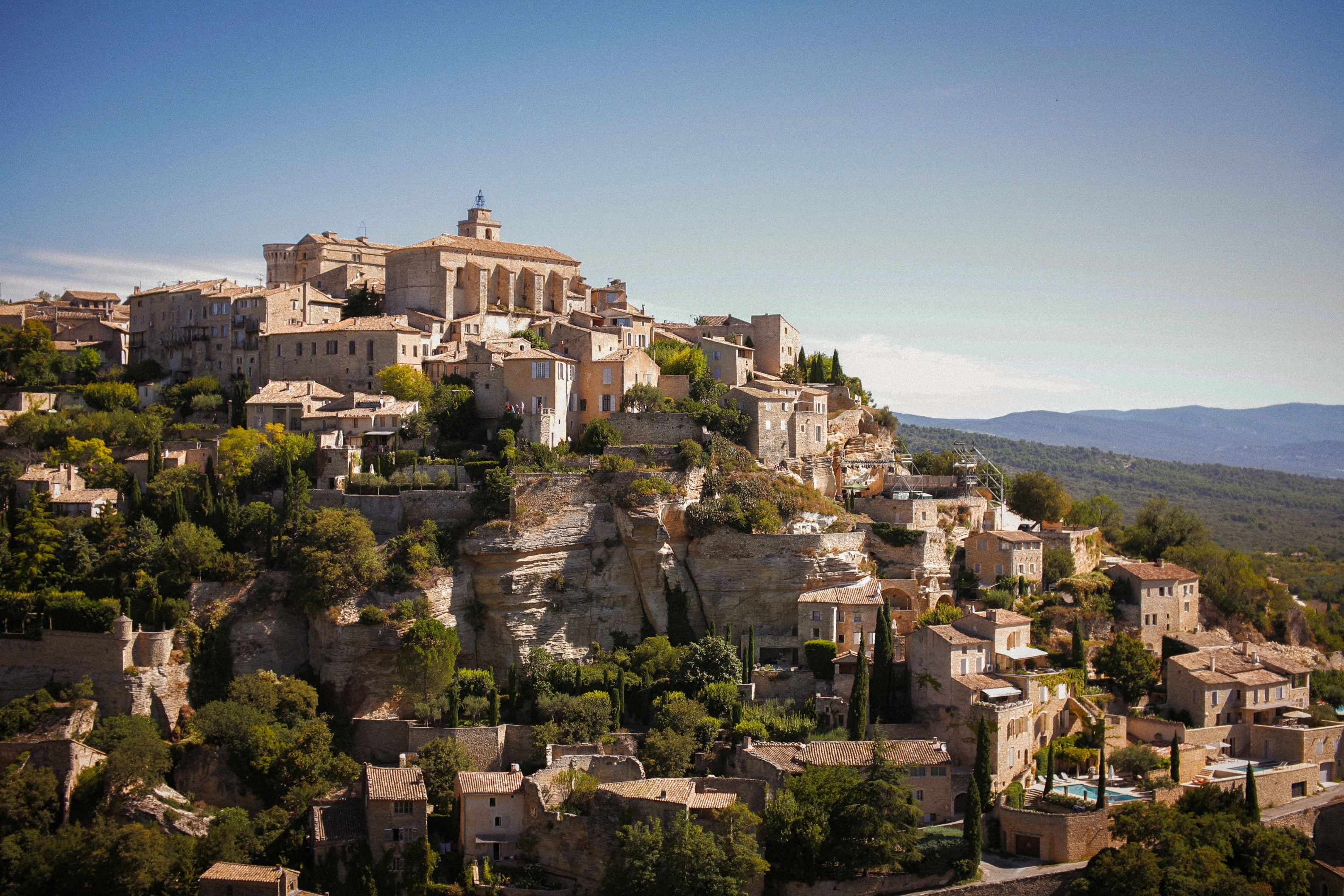
©mk. s / Unsplash
And the hotels are also stunning. The Airelles Gordes, La Bastide houses the Clover Gordes restaurant of Jean-François Piège (2 Michelin stars) and a Sisley spa. The hotel arranges evenings with an astronomer, outdoor film screenings and music nights. Another great choice is Coquillade Provence Resort & Spa with its own vineyards, the enormous spa and idyllic setting.

